Black beans are an amazing solution for everyone who dreams to start growing something for food in their own garden. They’re a perfect choice for beginners — productive, reliable, and very simple to care for. Also, they’re truly universal — they taste great in lots and lots of dishes from soups to burritos. You can plant them in your kitchen garden or a container, and they won’t demand too much at all.
In our article, we’ll tell you all the main useful information about black beans. Stay with us to learn how to grow them the right way!
Black beans. The general information

This sort of bean comes from the warm climates of Latin America. Black beans are technically the same thing as snap green beans, but in another form — if snap beans are pods that have not grown ripe yet, black beans are, on the other hand, ripe and dried. This is why they require much more time to grow — approximately 100 days, while snap beans need only a half of this period. Because beans like warm weather, they grow mostly during the summertime. The most common sort of them is called Black Turtle beans. An average black bean plant usually gives from 25 to 35 pods, every one of which has 6-8 seeds in it.
Black beans’ growing season
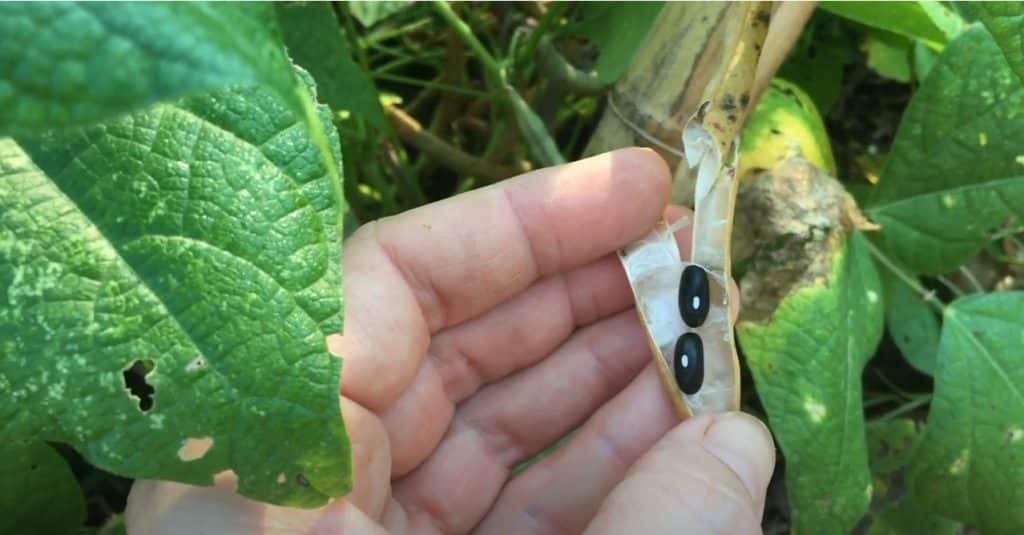
Just like most beans, black ones are planted during middle or late spring, after the end of the cold winter season. The best soil temperature for these plant seeds to germinate is approximately 70-80°F, or 20-30°C. That’s why you shouldn’t hurry up and plant them too early — if the soil isn’t warm enough, seeds can simply die instead of growing. They grow only in warm temperatures.
Don’t plant black beans on any random spot. Choose the place for them very carefully. Because this plant is rather warmth-loving, this place should be sunny. If a spot doesn’t receive 6-8 hours of full sunlight daily, it isn’t suitable for black bean seeds. The soil type is no less vital. Its drainage should be very good. A raised garden bed is a great variant. But in case the ground contains lots of clay, it doesn’t fit black beans at all. Also, we recommend you add some compost to the soil, and if you’re growing beans for the first time on this spot, inoculate your seeds with a bacteria called rhizobium. It will make your harvest much bigger.
Just as the majority of other legumes, black beans are forbidden to sow while the risk of cold weather still remains. They should be planted only when the soil is warm enough — that is, in the middle of the end of the spring.
Planting black beans

Black bean seeds germinate very quickly and are usually sown straight into the ground. They should be planted at a depth of one or a half-inch. The distance between rows is 15-18 inches. It’s the most optimal space because it lets growing direct-sown black beans give a shade and protects them against weeds, but at the same time doesn’t let them turn into rivals. When the germination period is finished, and the young bean plants start to grow fully, it’s necessary to thin them. The distance of thinning should be six inches.
Those who are impatient to start the plant season can sow beans in their house under special lamps approximately one month before planting them in the ground. Take extra care during transplantation since black bean seedlings have very fragile roots, and if they are damaged, their growth can be impaired.
When you’ve sown your black bean seeds, water them profusely. They will need regular watering during the germination period. The ground should always remain slightly hydrated. Also, during this time, you’ll need to watch very attentively for various parasites such as cutworms, slugs, and beetles.
How to grow black beans?
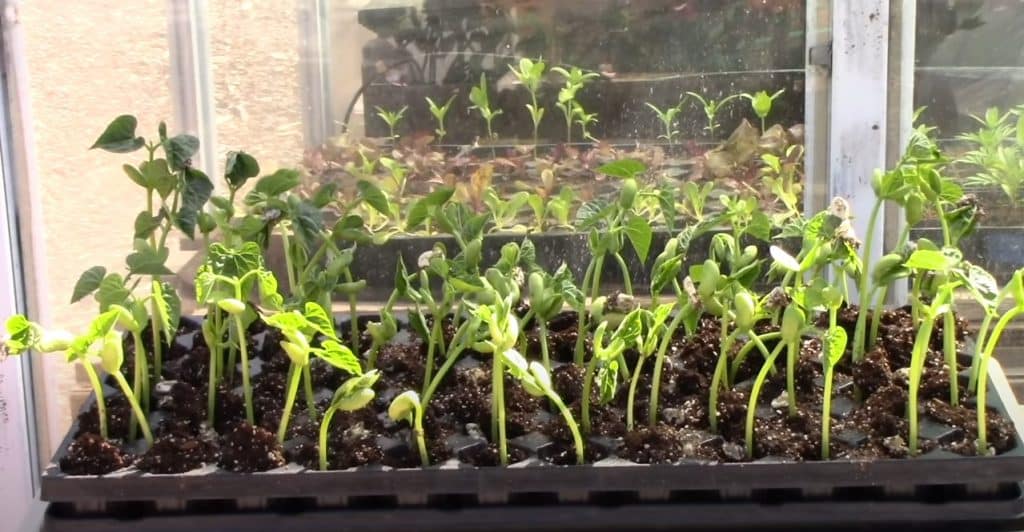
The black bean is a plant that doesn’t require a lot of care. But if you approach the growing process attentively, you’ll harvest much more beans as a result. During the summer season, you’ll have to water the beans, remove weeds from them and watch out for parasites and illnesses. You can find more information about it in the following chapters of our article.
Watering of black bean plants
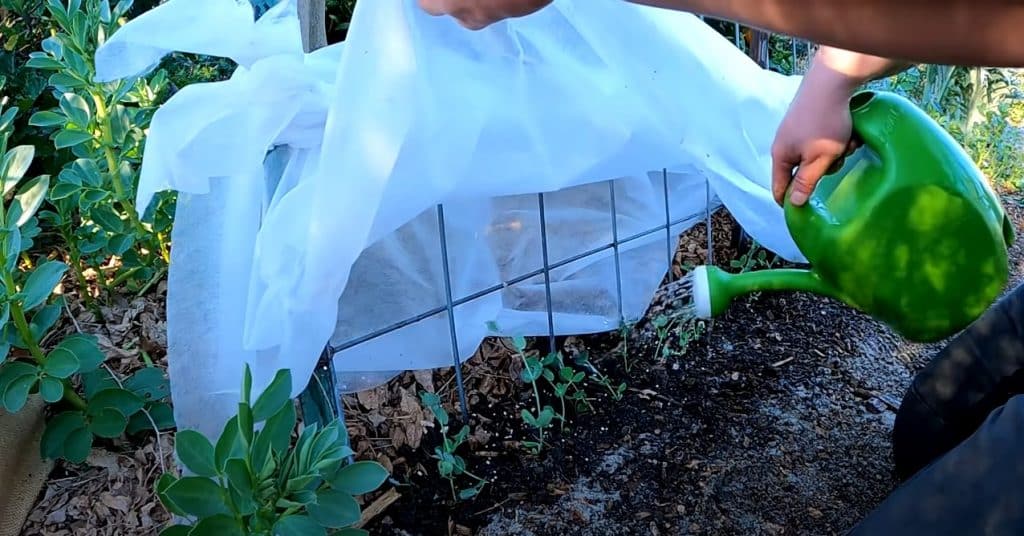
The watering should also depend on the ripeness of your beans. When green pods are maturing during the growing season, they need to consume more water. So, when it’s time for bean plants to start blooming, you should water them more intensely. By doing this, you can make your future bean harvest much bigger. A great tool for this is a watering wand with a long handle. It can help you pour the water straight into the ground, not on the plant leaves. Wetting them isn’t a good thing, since it can cause health problems in beans and slow down pod development. So, you should avoid doing it as much as possible.
Why weed your beans?
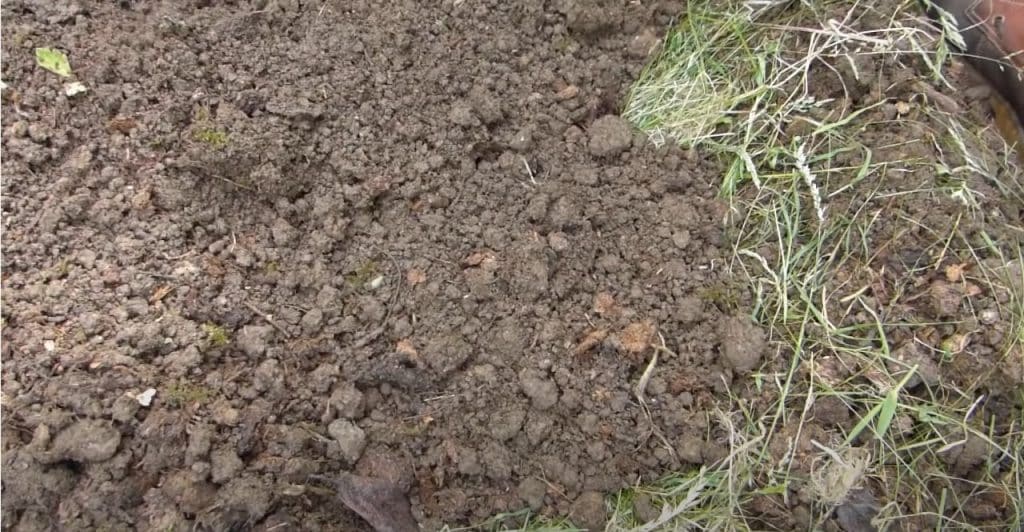
Parasites of black beans
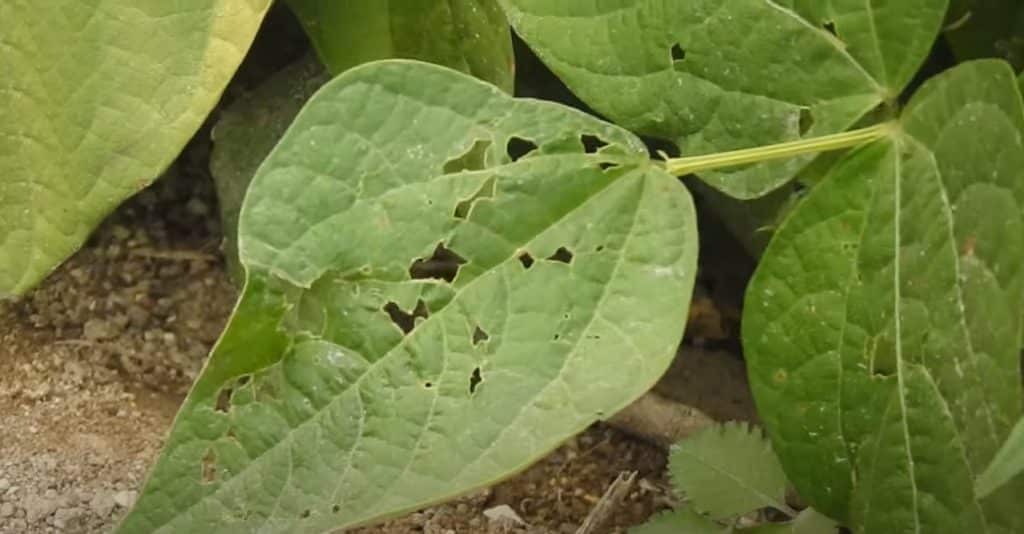
Which pests should you be aware of?
Let us talk pests!
- Bean leaf beetle. It’s a very annoying pest that eats through pods and leaves, making little holes in them. Grown-up insects are small-sized and red or green colored, many of them have spots. Their first generation becomes active by the end of May, and the second one — in July and August (especially if you live in a southern area). If those beetles are too many, they can completely devoid bean seedlings of leaves, slowing down their growth or outright destroying them. So, they can be quite a serious threat if you do nothing with them.
- Cutworms. These parasites are very dangerous to immature plants. Despite their name, cutworms aren’t worms — instead, they’re moth caterpillars. They begin feeding on bean plants during springtime, just as seedlings start to grow. They’re most active in the dark. Cutworms eat bean stems near the ground, and do it extremely quickly — they can eliminate a row of plants in the blink of an eye! One of the most efficient things against cutworms is diatomaceous earth. Also, to protect stems, you can make collars from foil or cardboard tubes that are in toilet paper rolls.
- Slugs. They’re one of the biggest threats to black beans. Slugs tend to eat both young and mature plants. Diatomaceous earth is great against them too. Another useful measure is good old picking by hand. Regularly check your beans and look for slugs. Every single one that you notice one should be taken away without mercy.
Illnesses of black beans
If you plant your beans according to all the rules, with a necessary distance between them, and water them properly, the risk of bean illnesses won’t be high. But still, you should know about them, to be able to take timely measures if they affect your beloved plants.
What are the most common diseases that you may encounter if growing black beans?
- White mold. It is a bean illness that often occurs during rainy weather. The fast-spreading mold can be seen very clearly on the stem and leaves of an affected plant. To prevent this disease, it’s necessary to provide good ventilation and avoid pouring water on the leaves during the watering process.
- Blight. Strictly speaking, this disease is caused by bacteria, but high humidity also increases its risk. It looks like little lesions or wet spots on the plant’s foliage. Also, they appear on pods. Blight is very dangerous to the harvest, decreasing it significantly. To avoid it, rotate your plants properly, distance them to make the air circulate better, and never do anything at your patch during rainy or simply humid weather.
When are beans ready to harvest?
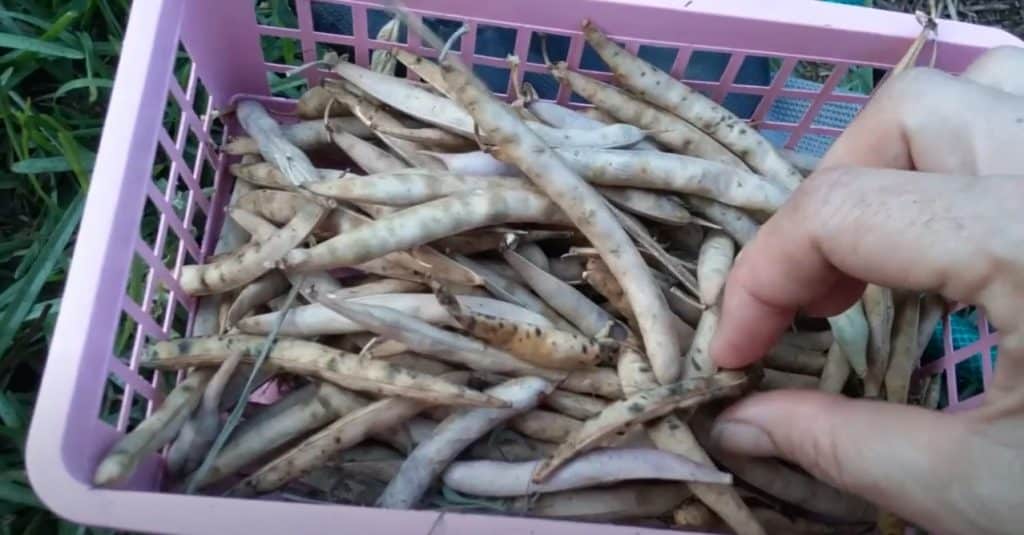
But there is one more reason why the time of harvesting is so vital. Mature pods should be picked before the cold season. Loew temperature is very harmful to beans and can worsen their quality. So, it’s crucial to finish everything in time, when the weather is still warm. The most optimal conditions for picking beans are low humidity and a lot of sun. You shouldn’t harvest them too early in the morning while there’s still dew everywhere. It should dry up very well, and only then you can start working.
The right way to pick beans
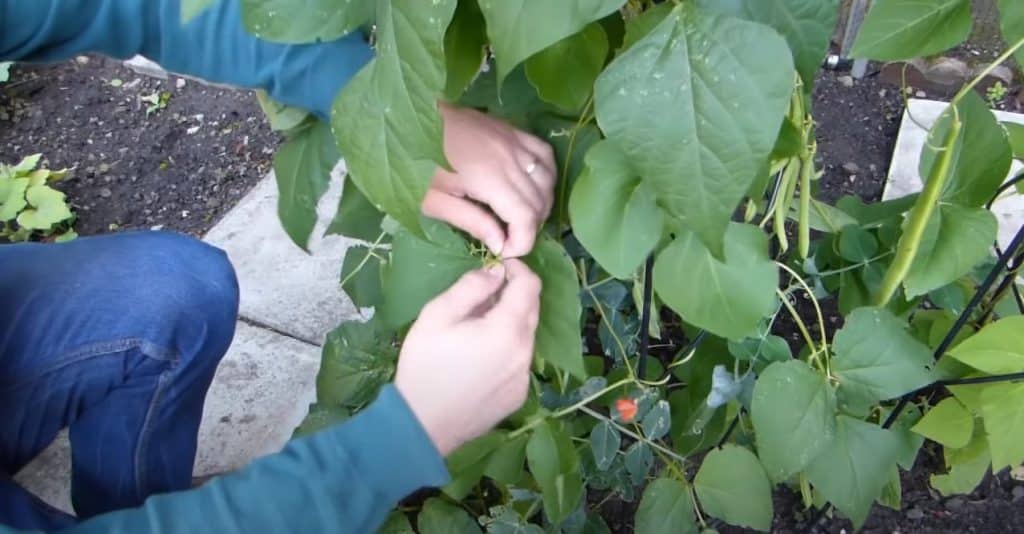
You prefer picking fresh beans by hand, it’s also much better to cut them off and not tear them away. Why? If you tear bean pods from the plant, you can damage or even break them. Cutting pods off with shears is much neater.
If you have really lots of beans, it’s much faster and easier to cut the whole plant. After that, hang them in a place with good circulation of air and low humidity. Great variants are a garage or a garden shed. If you pick all the pods one by one, lay them out on paper sheets or any other flat surface suitable for drying.
If you don’t have too many beans, you can shell them manually. It’s quite fast, easy, and can be turned into a fun activity, enjoyable for all family members. After finishing the shelling, put the dried beans in any suitable containers or jars and keep them in a dark, cool place.
Frequently Asked Questions — FAQ
Why and how to grow black beans?
Black beans are a sort of vegetable that are quite universal and easy to grow. They can be used in lots of different recipes. Dried black beans can be stored for a very long time. So, it’s one of the most optimal variants if you want to grow your own food. The detailed instructions on how to grow black beans can be found in our article.
What are black beans?
Black beans are a sort of bean that comes from Latin America. They belong to the same species as snap beans, and the main difference between them is that black beans are more mature ones. They are widely used as an ingredient of many dishes, such as soups.
When to plant black beans?
Black beans should be sown during springtime when the frosty weather has ended. It’s very important, because they’re really intolerant to low temperatures. But in case you want to plant them earlier, you can do it indoors and then transplant the seedlings to your vegetable garden patch.
How to plant black beans?
The detailed guide to planting black beans is given in our article. The main things are knowing the right time to sow them (the spring, when it’s already warm), the depth of planting (1 or 0.5 inch deep), and the distance between plants (from 15 to 18 inches).
When to harvest black beans?
You should pick black beans before the start of cold winter weather. The most optimal time to do it is when they’ve fully matured — it means, in the end of August.
Do black beans grow underground?
No, they can’t. And the reason for it is very simple — to grow successfully, they require a lot of direct sunlight. It’s obvious that there’s no sunlight under the ground, so they wouldn’t be able to grow there.
Where did black beans come from?
Black beans came from Central and South America. That’s why they’re used very commonly in the creole cuisine of many Latin American countries.
Where to buy Black Turtle beans?
These black beans are often sold in online and offline garden shops along with other seeds. Taking into account their immense popularity, we can surely say that they can be seen in such shops very often, so it’s not hard at all to find and buy these beans.


